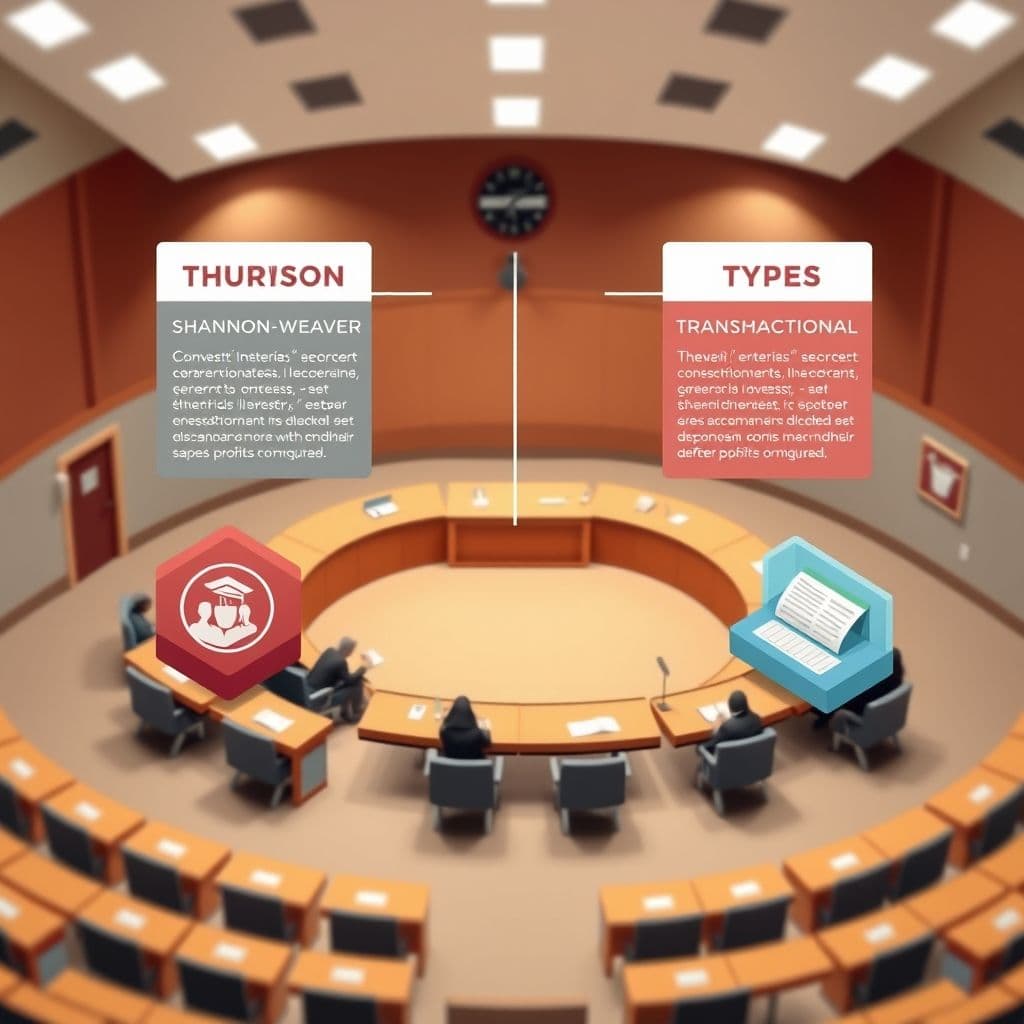Corporate Communications Mastery: A Step-by-Step Guide to Effective Business Communication

In today's fast-paced business world, mastering corporate communications is not just a skill—it's a necessity. Whether you're delivering a presentation, crafting a press release, or managing a crisis, effective communication can make or break your professional success. This comprehensive guide will walk you through the five essential steps to master corporate communications, from understanding the basics to implementing advanced strategies and continuous improvement. View original learning path
Step 1: Fundamentals of Communication
Before diving into corporate-specific communication, it's crucial to grasp the fundamentals. Start by understanding various communication models, such as the Shannon-Weaver model or the Transactional model, which explain how messages are encoded, transmitted, and decoded. Recognize the different types of communication: verbal (spoken words), non-verbal (body language, tone), and written (emails, reports). Active listening is equally important—practice techniques like paraphrasing and asking clarifying questions. Finally, hone your basic writing skills, focusing on clarity, conciseness, and proper grammar.

Step 2: Corporate Communication Basics
Corporate communication differs from everyday communication in its strategic nature. Begin by understanding what corporate communications entail—managing information flow within and outside an organization. Identify your stakeholders and audiences, as messages should be tailored to different groups (employees, investors, customers). Distinguish between internal communication (memos, intranet) and external communication (press releases, social media). Lastly, learn about brand messaging and positioning—how to consistently convey your company's values and identity across all channels.
Step 3: Intermediate Skills Development
At this stage, you'll develop specialized corporate communication skills. Crisis communication is critical—learn to create response plans and communicate transparently during emergencies. Media relations involve crafting effective press releases and building relationships with journalists. Public speaking and presentation skills are essential for representing your company—practice structuring speeches and using visual aids effectively. Familiarize yourself with digital communication tools like Slack, Zoom, and social media platforms that facilitate modern corporate communication.

Step 4: Advanced Corporate Communication Strategies
Advanced practitioners develop strategic communication plans aligned with business objectives. Learn to measure communication effectiveness through metrics like engagement rates and sentiment analysis. Cultural sensitivity becomes increasingly important in global organizations—understand how communication styles vary across cultures. Change management communication is another advanced skill, requiring you to guide organizations through transitions while maintaining morale and clarity.
Step 5: Mastery and Continuous Improvement
True mastery involves ongoing development. Build and maintain professional networks through events and platforms like LinkedIn. Stay updated with industry trends by following thought leaders and attending conferences. Seek mentorship opportunities—both as a mentor and mentee—to share knowledge and gain new perspectives. Regularly solicit feedback on your communication and conduct self-assessments to identify areas for improvement.
Conclusion
Corporate communications mastery is a journey that begins with fundamental skills and progresses through specialized knowledge to strategic implementation and continuous improvement. By following these five steps—from understanding basic communication models to developing advanced strategies and committing to lifelong learning—you'll position yourself as a valuable asset in any organization. Remember, effective corporate communication isn't just about transmitting information; it's about building relationships, fostering understanding, and driving business success.
Frequently Asked Questions
- How long does it take to master corporate communications?
- Mastery depends on your starting point and practice frequency. Basic proficiency can take 3-6 months, while advanced mastery might require 1-2 years of consistent practice and application in real-world scenarios.
- What are common mistakes beginners make in corporate communications?
- Common pitfalls include not tailoring messages to specific audiences, neglecting non-verbal cues, using jargon unnecessarily, failing to actively listen, and not proofreading written communications. These can be avoided through awareness and practice.
- How important is digital communication in corporate settings today?
- Extremely important. With remote work and global teams, digital communication tools are essential. Mastering platforms like email etiquette, video conferencing, and professional social media use is now as crucial as traditional communication skills.





